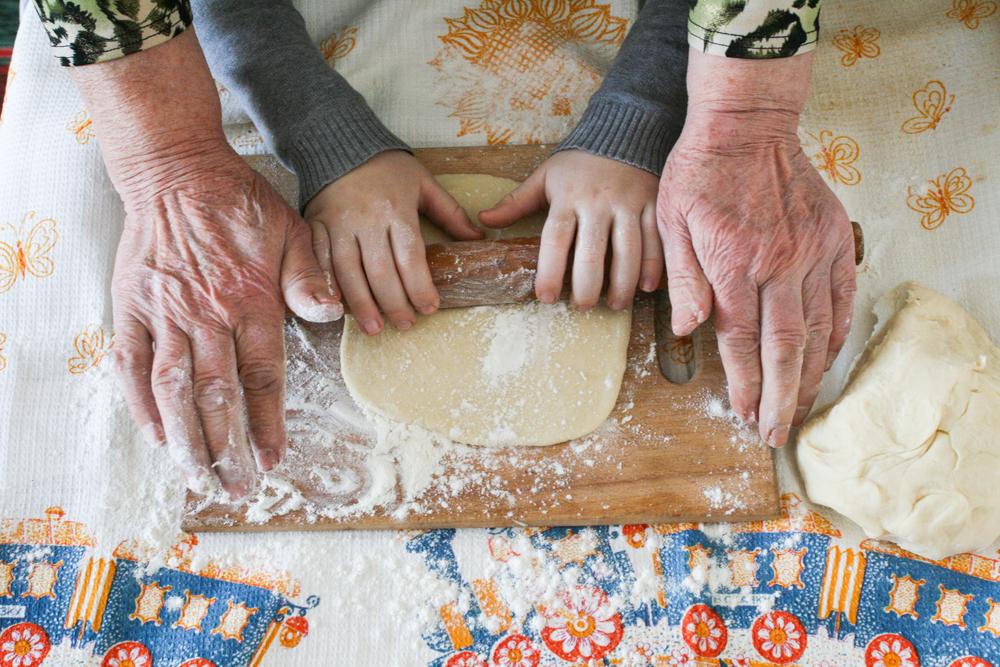My Auntie Rae was single and not much of a cook. Frugality ran through her veins, a vestige of her Depression-era teenage years. When my sister and I slept over at her Los Angeles apartment in the early ‘70s, we usually ate a modest dinner out: at a deli or International House of Pancakes (pre-IHOP days). Occasionally, she’d broil lamb chops and boil vegetables until they practically dissolved.
I’m not sure when I first noticed the Manischewitz Borscht jar in her refrigerator that contained, instead of beets, a murky, dull green liquid, but it was best that I waited until adulthood to ask about it. As a kid, if I’d known she drank this leftover broccoli cooking water as a sort of chilled tonic, I would’ve turned that same shade of green.


